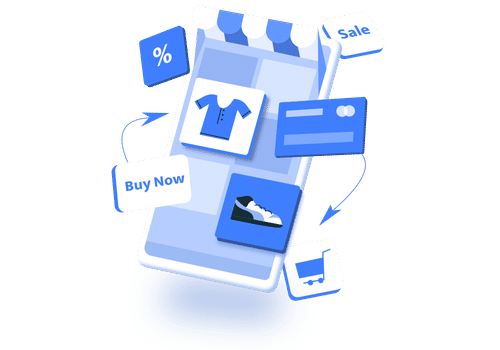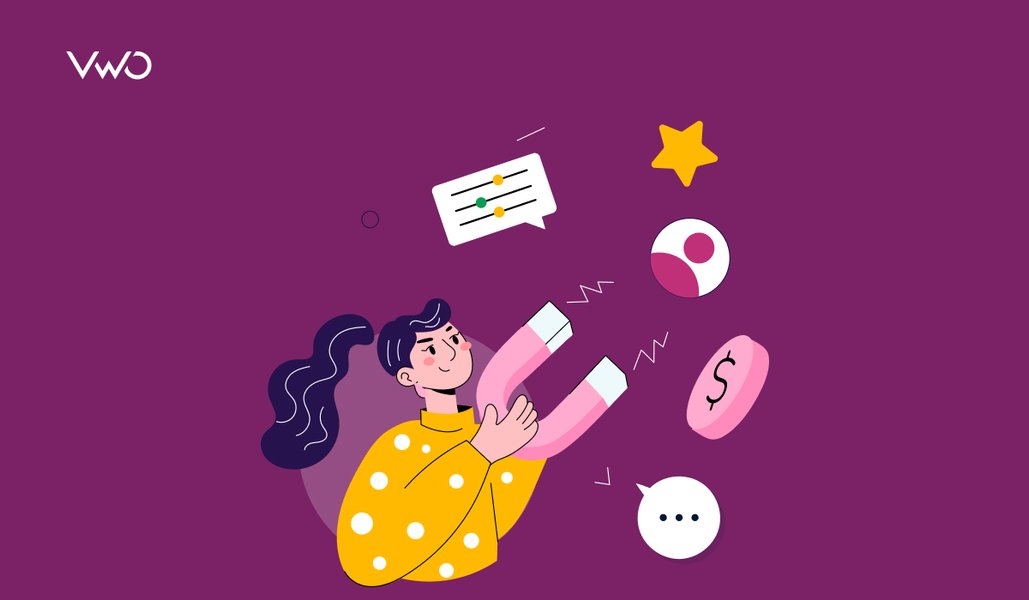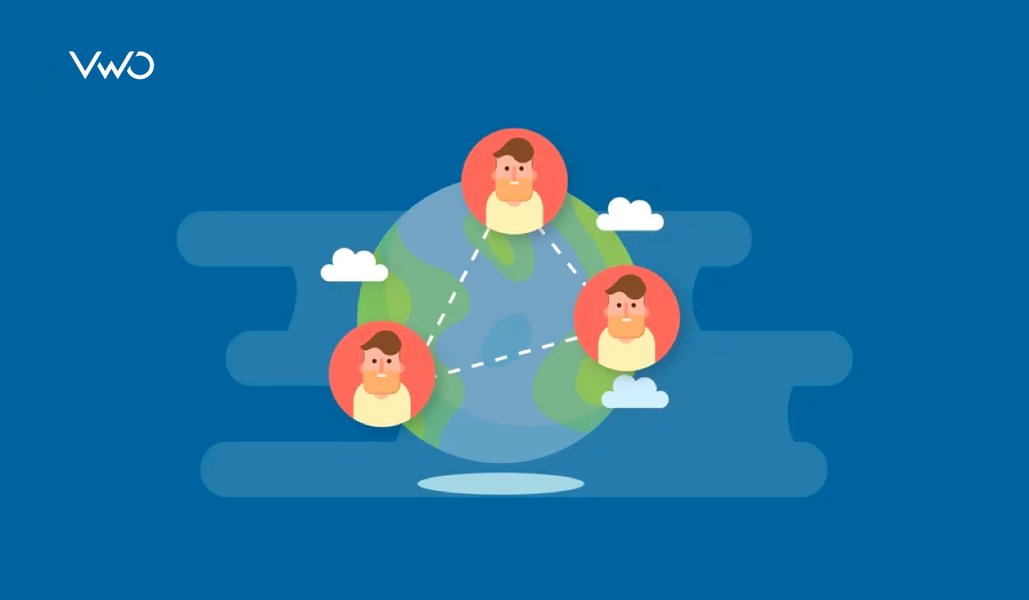A Holistic Customer Retention Plan for eCommerce
While eCommerce enterprises realize the impact of customer retention on revenue, there are a number of key challenges that keep them from holistically implementing customer retention strategies.
One such challenge is the data complexity involved with calculating certain key metrics such as retention rate. As a result, businesses are making decisions per the metrics that might not be critical to long-term success. 2016 Retention Marketing report provides statistical evidence to why eCommerce organizations need clarity in their retention rate metrics.
Declining customer loyalty is affecting customer retention in a big way too. A (2015) research conducted by Accenture reports, “Just over one-quarter of U.S. consumers (28 percent) feel very loyal toward their providers and only about one in three (31 percent) are willing to recommend them to others.”
Download Free: Customer Retention Guide
Competition demands eCommerce establishments to outgrow mediocrity and scale from average to elite. In this blog post, we highlight how optimizing their customer retention strategy (infused with actionable tips) can help eCommerce enterprises do exactly that!
Focus On Your High-Value Customers
To allocate marketing budget sensibly, eCommerce establishments need to understand where and what they are putting money and efforts into. Even before investing in a customer retention strategy, enterprises must focus on identifying their high-value customers. Centering retention efforts around high-value customers, as opposed to average customers, can yield considerably higher value in terms of RoI.
Digging into metrics such as customer lifetime value, average order value, purchase frequency, price sensitivity, and so on helps identify high-value customers. This post by eConsultancy talks about how you can do that.
Tracking and analyzing on-site behavior of high-value customers is also critical to optimizing the customer retention process. Tools like heatmap and visitor recordings can help understand collective and individual on-site user behavior respectively.
It is also important to understand the implication and usage of the ‘churn rate’ correctly for your high-value customers. Instead of viewing it as a transactional metric, eCommerce enterprises should consider it to be a behavioral indicator. Harvard Business Review points out talks that enterprises are fixated with churn as a number instead of looking at it as a measure for improvement. The article also details on other mistakes that businesses make in using churn rate.
Actionable Tip: Use Net Promoter Score surveys to find out who your promoters, passives, and detractors are. Think of promoters as people who can drive more conversion and positive influence for your business. In this way, they are your high-value customers. Focusing efforts around retaining them is likely to lift your business value.
Solicit Feedback And Act On It
Feedback helps fill the gap between what businesses offer and what their users actually want, in terms of products, services, and/or experiences. MarketingSherpa Ecommerce Benchmark Study 2014 establishes that companies who make changes to their website per customer feedback had a success score of almost 8/10.
Displaying encouraging reviews on the website, for example, can help eCommerce establishments increase not just conversions but also credibility—something that is extremely important for retaining customers long term. The Deloitte Consumer Review Report 2014 provides some interesting statistics in a graph that we have borrowed for the purpose of this post.

Testimonials and surveys are the two other indispensable feedback mechanisms. Surveying your repeat visitors on their satisfaction with your product/services, suggestions for improving service quality, and so on can help you identify areas of improvement for your business.
On the other hand, on-page surveys (OPS)/voice-of-customer surveys trigger questions real-time and typically aim at addressing pain points on websites. Nevertheless, choosing the right trigger for your OPS is critical to soliciting feedback. Some common examples of OPS triggers are listed below:
- Time spent on a page
- Number of pages browsed
- Exit intent on “adding items to cart”
Qualitative feedback obtained by OPS can also be of great value for optimizing purchase experiences, which can eventually increase retention. Here’s a guide on tips on optimizing website surveys for soliciting better response.
Actionable Tip: Negative reviews don’t hit a business as hard as not responding to them can. Moreover, customers value businesses that are quick in accepting and amending their mistakes. While not all negative feedback is authentic, genuine resentments provide valuable insights into the business or product aspects lacking in your business. Check out this article for a complete approach on tackling negative reviews/feedback—right from digging into the problem to solving the problem to requesting customers for updating their review.
Continuously Scale Up On User Experience
Data about user behavior/activity as well as feedback lays the foundation for businesses to continuously improve user experience. However, it’s easier said than done. eCommerce enterprises not only need to continuously upgrade their technology, but also must provide consistent experiences to users across devices.
According to Mckinsey customer-experience survey 2014, “measuring satisfaction on customer journeys is 30 percent more predictive of overall customer satisfaction than measuring happiness for each individual interaction, establishing that consistency on the most common customer journeys is an important predictor of overall customer experience and loyalty.”
A customer journey can be considered as the sum of all experiences that customers go through while interacting with a website. It is an aggregate measure – good and bad – across different touchpoints.
That said, customer ‘satisfaction’ is not enough. Enterprises, in a digital world that is rapidly transforming, need to focus on customer delight and this requires them to be not just customer-centric but customer-obsessed. The Warehouse does this exceptionally well. By focusing on what really works for their customers, it has been able to increase their online sales from $18.8 million in 2011 to $149.2 million in 2015.
Most importantly, creating an exceptional user experience cannot be possible without personalization. eCommerce enterprises who want to move from being average to elite should focus on providing personalized services across human and digital touch points. The power of personalization can also be harnessed to form an emotional connect with customers, ultimately driving retention and long-term customer relationships.This would require identifying emotional motivators that customers associate with and then crafting personalized messages around those motivators.
Consider ‘convenience’ to be an emotional motivator. eCommerce enterprises can use personalized messages on their website focused around this emotion that propels people to buy. Warby Parker does exactly this by offering it’s customers a chance to try what they like before they buy.

Actionable Tip: eCommerce establishments must focus on the 3 Es of experience – ease, efficiency, and emotion, as identified by Forrester Research. Storytelling is an effective tactic that can be used for establishing emotional connect with customers. Consider Everlane. The brand takes the story telling approach to communicate who and what they are, and what they do. They are able to establish trust and transparency – two values with which they establish an emotional connect with their customers.
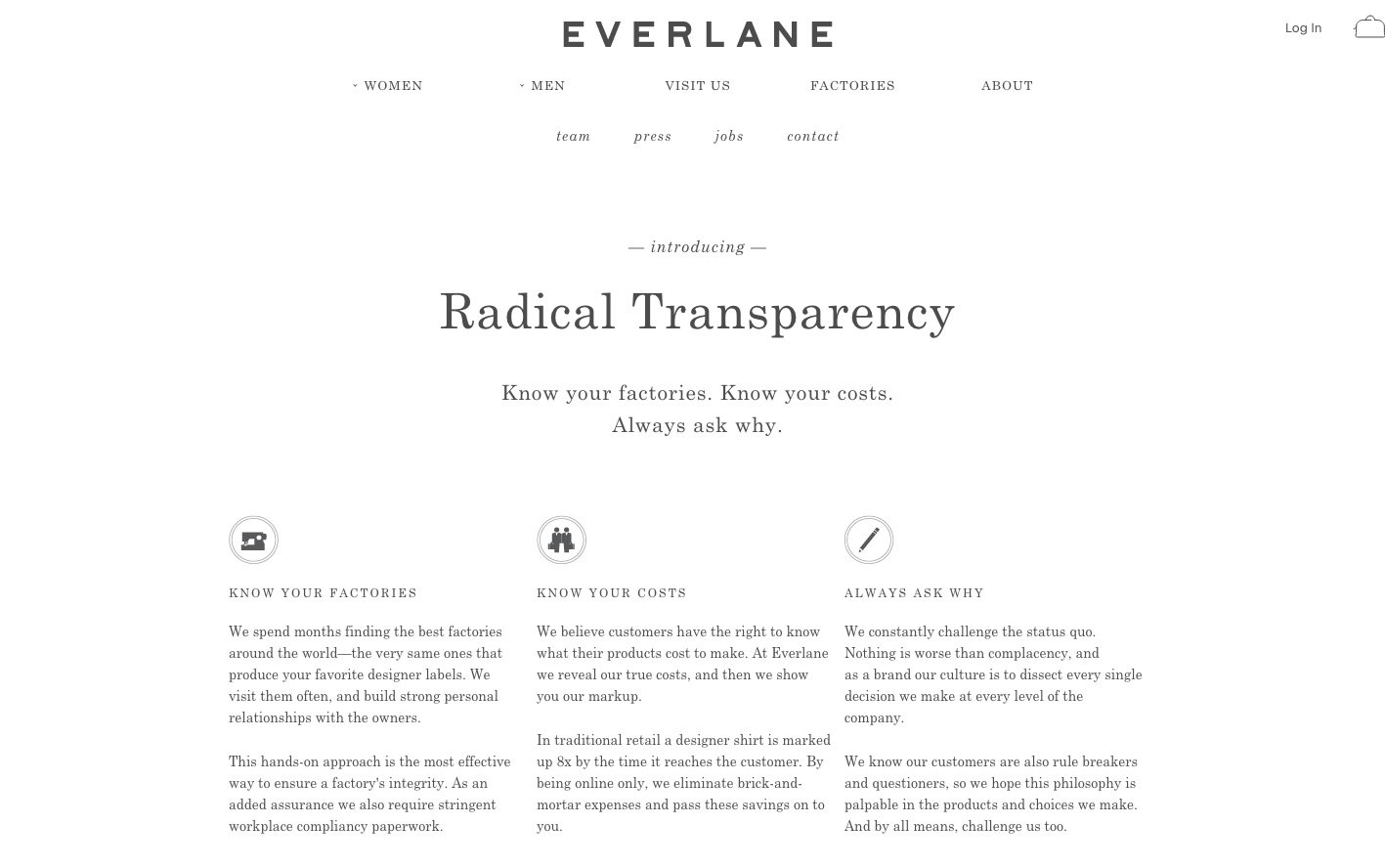
Download Free: Customer Retention Guide
Watch the webinar to learn what makes a great user experience in the fast-changing eCommerce and retail space.
Foster Relevance In Post-Sale Messages
Creating relevant post-sale messaging requires eCommerce enterprises to understand customer purchase history and behavior. It would be too soon to send out ‘We miss you here at…’ to someone who made his/her last purchase from you only a week back. What would be relevant instead is a cross-sell.
Here’s an example: A customer bought a boho necklace from your website. Now within a week of purchase, you could send an email to her/him, advertising the earrings available on your website that she could easily and perfectly pair with the necklace.
Moreover, not everyone who revisits or re-engages with your eCommerce website would have an intent to make a new purchase. You can give those sales emails a break. Let the goal be engagement.
This eMail from Boden is an excellent example on how to keep customers engaged even after a purchase.
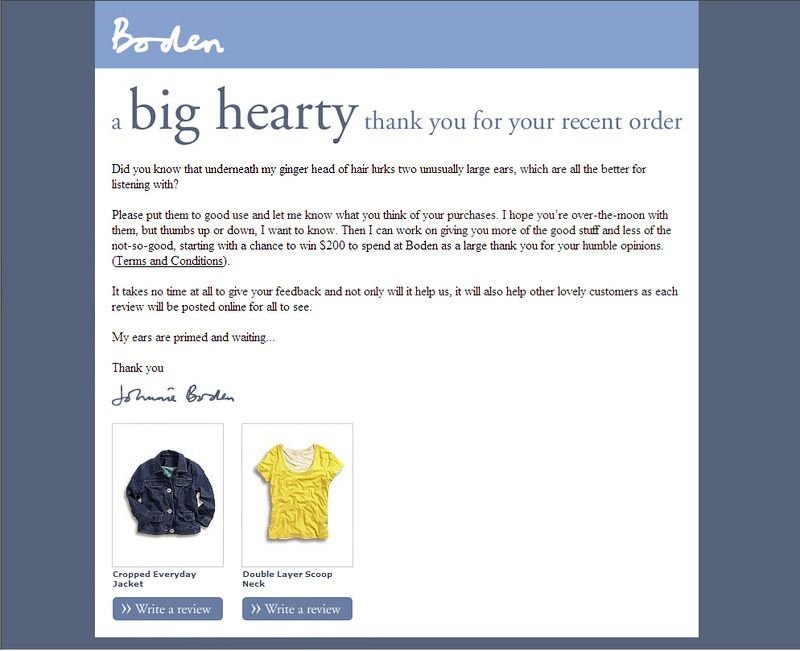
Your post-sale messaging strategy can include sending out newsletters, articles, and product usage tips.
Sold a peppy scarf recently? Your THANK YOU email can contain a video on 20 trendy ways to wrap a scarf in less than 5 minutes.
Actionable Tip: Another way of retaining your customers through post-sale messages is to keep sending them replenishment reminders (in case your store sells replenishable items). This would require you to keep track of the standard purchase cycle for the product and the customer’s average frequency of the product or order. Read some interesting examples of replenishment emails on this article on SaleCycle.
To Conclude
eCommerce enterprises must steer their efforts towards retaining those customers who can create more value for the business. An effective and optimized customer retention strategy that comprises understanding and analyzing user behavior, soliciting feedback, improving customer experience, and crafting relevant messaging, can help businesses retain such customers.
What are you doing to retain your valuable customers? Drop us your suggestions or tips at marketing@vwo.com.

